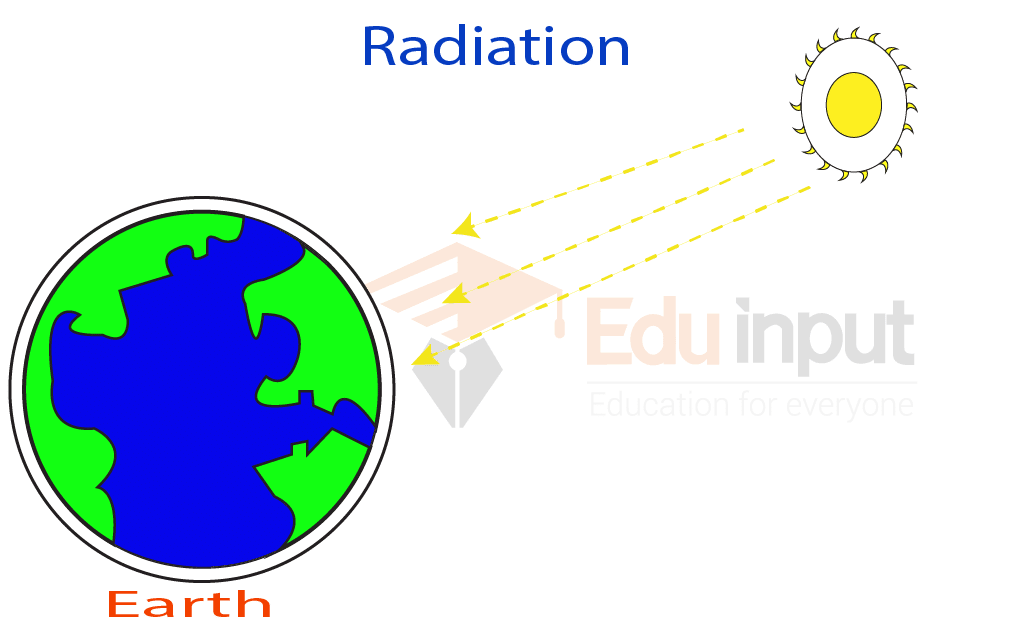Radiation is a term that echoes throughout the corridors of science, yet its essence remains an enigma to many. It embodies waves of energy that traverse the cosmos, seeking not only to illuminate our understanding but also to challenge our perceptions of safety and health. Embracing an archaic Greek term, “radiation” derives from “radius,” signifying rays or beams. Much like the sun’s rays penetrate the darkest corners of our planet, radiation infiltrates a myriad of contexts—medical, environmental, and cosmic. To comprehend radiation is to navigate the delicate interplay between science and human health, a junction often marked with both awe and trepidation.
The kaleidoscope of radiation can be deftly categorized into two primary spectrums: ionizing and non-ionizing radiation. Ionizing radiation, a powerful mate of nuclear interactions, possesses sufficient energy to displace electrons from atoms, thereby ionizing them. It is feared and revered in equal measure. Radiopharmaceuticals employed in medical imaging and cancer treatment exemplify its dual nature—an agent of healing wrapped in a cloak of peril. In contrast, non-ionizing radiation, which encompasses electromagnetic waves such as radio waves and visible light, interacts with matter without ionization. Its effects are often benign or reversible, paving the way for technologies that span from household appliances to telecommunications.
At the intersection of radiation and health lies the field of health physics, a discipline that dwells in the shadows of the more popular strains of medical science yet is pivotal in ensuring public safety from the invisible forces at play. This specialized branch of physics delves into the nuances of radiation protection, dose assessment, and risk management, emerging as a guardian against the intangible hazards posed by its more potent counterpart, ionizing radiation. Health physicists—often portrayed as the sentinels in the realm of radiation safety—employ sophisticated tools and methodologies to monitor exposure levels and mitigate risks, ensuring the sanctity of human health is preserved amid the omnipresent specter of radiation.
The applications of health physics are myriad and impact diverse sectors, particularly in medical, industrial, and environmental arenas. In a clinical setting, health physicists collaborate closely with medical professionals to establish dosage protocols that maximize therapeutic efficacy while minimizing exposure risk. This delicate balancing act is akin to walking a tightrope, where understanding the therapeutic spectrum of radiation treatment becomes crucial to patient outcomes. It elucidates the concept of the ALARA principle—“As Low As Reasonably Achievable”—which serves as a guiding ethos in radiation safety, reminding practitioners to continually seek ways to reduce exposure without compromising the quality of care.
In industrial settings, health physicists play an indispensable role in the evaluation and management of radiation exposure arising from various processes, including nuclear power generation and the utilization of radioactive materials in manufacturing. The challenge here is multifaceted; it not only involves real-time monitoring and contamination control but also necessitates rigorous training and preparedness for potential radiological emergencies. This facet of health physics transforms the daunting issue of radiation into a manageable entity, transforming fear into a structured response through education and regulatory compliance.
The environmental implications of radiation are also profound, particularly concerning nuclear waste management and the natural background radiation that permeates our existence. Understanding the origins and consequences of radioactive isotopes found in the environment is tantamount to fostering a deeper respect for our planet. Herein lies another substantial endeavor for health physicists—measuring and assessing the environmental impacts of radiation exposure on public health. Their work converges with environmental science, creating a holistic approach to ensure the ecosystem’s vitality while safeguarding human health.
However, to appreciate the disciplines of radiation and health physics fully, one must consider the cultural and psychological dimensions that intertwine with scientific inquiry. Humans have long harbored an innate apprehension towards the unseen forces of nature. The very notion of radiation conjures images of catastrophic events, such as nuclear meltdowns or cancer therapies gone awry, evoking a pall of anxiety that looms large over societal acceptance of radiation technology. Thus, engaging the public in dialogues about the benefits and risks associated with radiation is paramount. This dialogue must be rooted in transparency, scientific diligence, and an unwavering commitment to safety—elements that help to construct a foundation of trust between the scientific community and society at large.
The issue of radiation and its health implications also raises ethical questions, particularly in relation to consent, equity, and accountability in utilizing radiation-based technologies. As advancements in medical imaging and cancer treatment continue to proliferate, ensuring equitable access to these innovations becomes imperative. The role of health physics in advocating for socially just practices is paramount, ensuring that marginalized communities are not disproportionately burdened by the risks associated with radiation, while also benefiting from its therapeutic potential. This ethical framework underscores the delicate balance between innovation and responsibility, propelling the discourse surrounding radiation safety into broader societal considerations.
In conclusion, radiation and health physics encapsulate a dynamic interplay of science, safety, and societal impact. The alluring complexity of radiation is not merely a scientific curiosity; it is a realm where knowledge, caution, and innovation converge. As we delve deeper into the intricacies of this dual-faceted field, we are compelled to analyze not only the tangible effects of radiation on human health but also the intangible sentiments it evokes in our collective psyche. In navigating this paradoxical landscape, health physicists stand as the vanguards of safety, ready to demystify and harness the potent force of radiation—with the ultimate goal of safeguarding humanity from its unseen, yet ever-present embrace.












